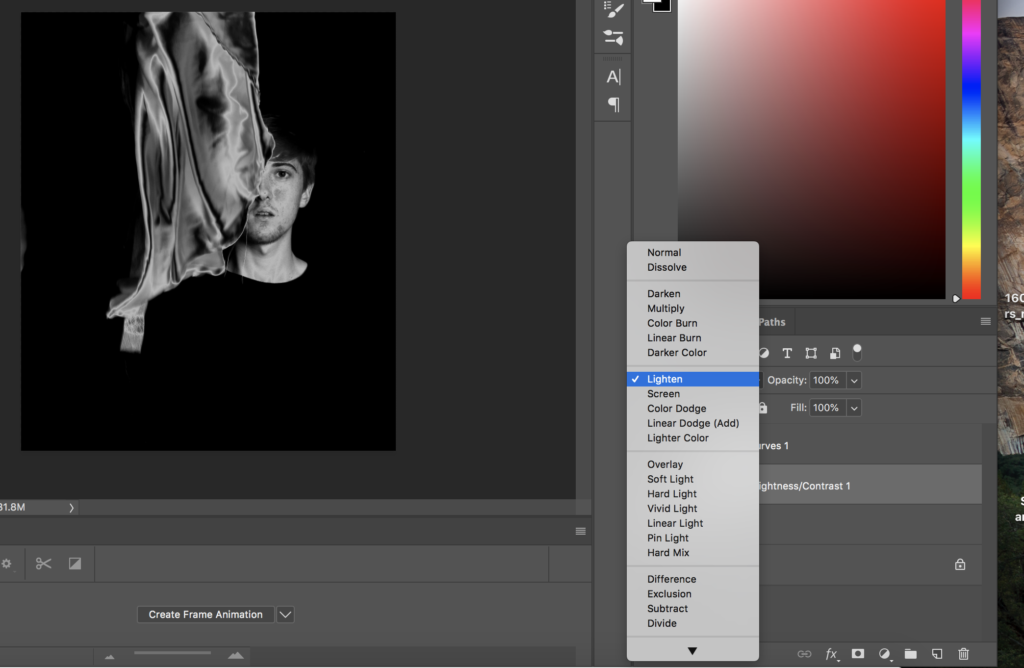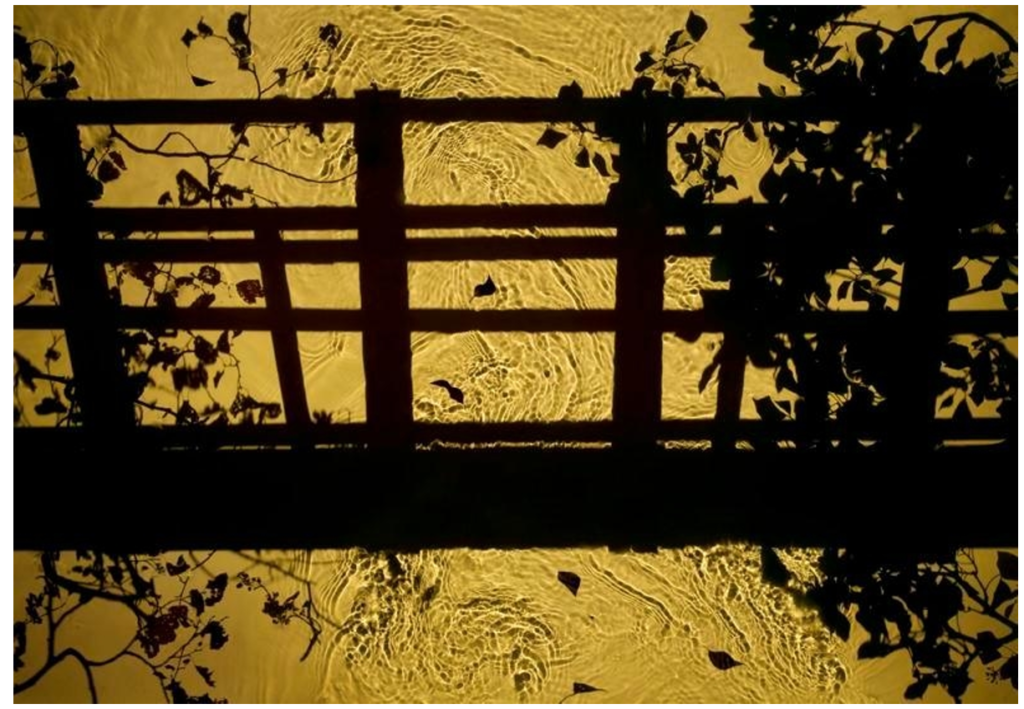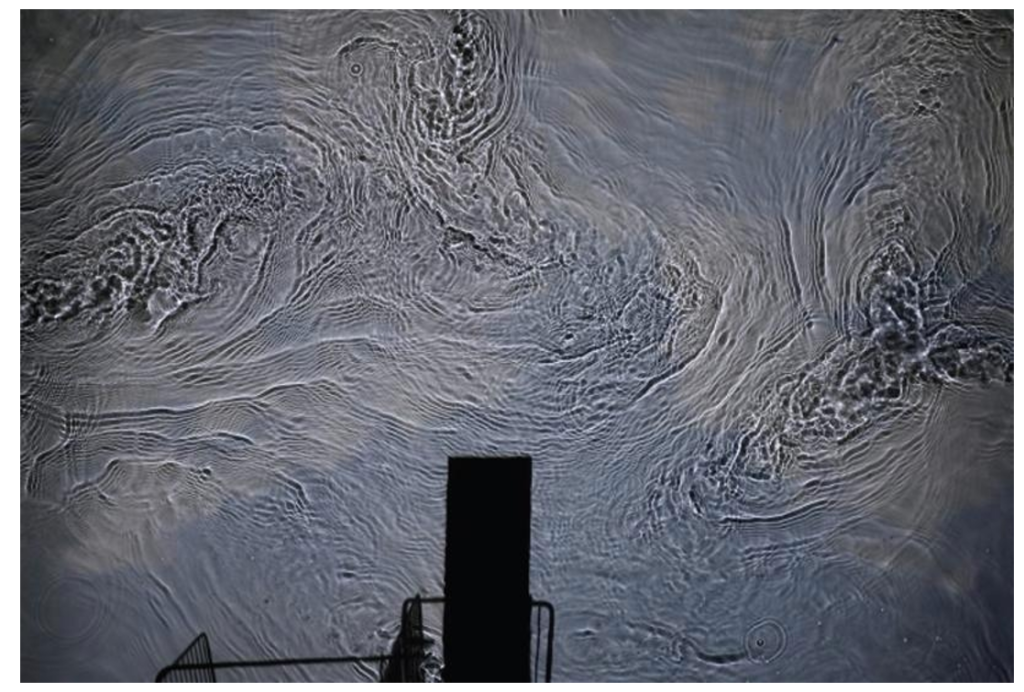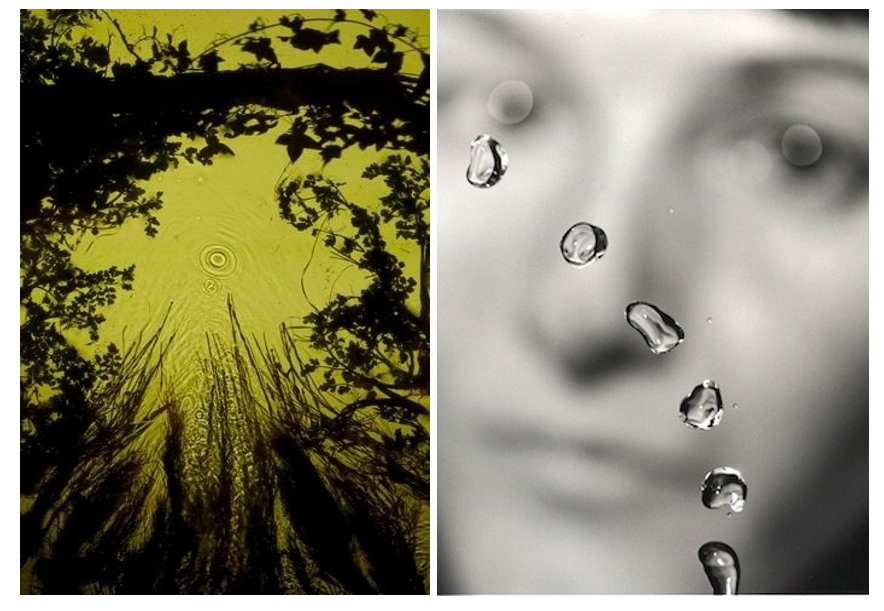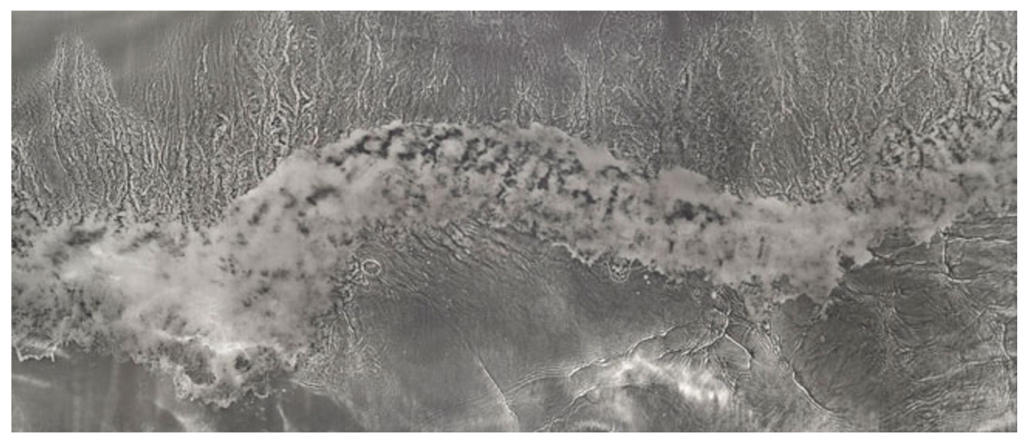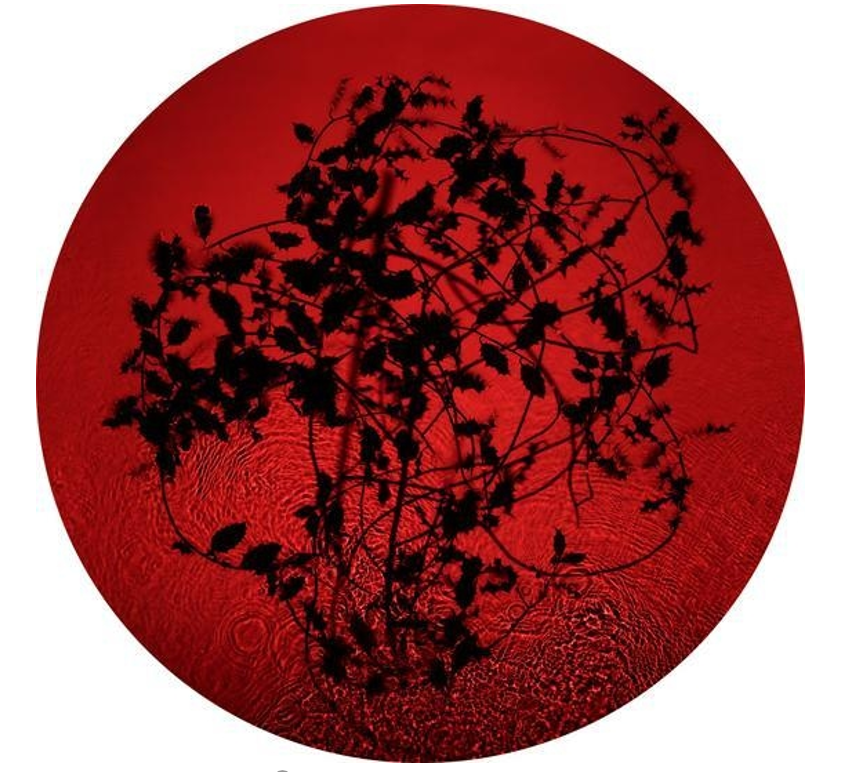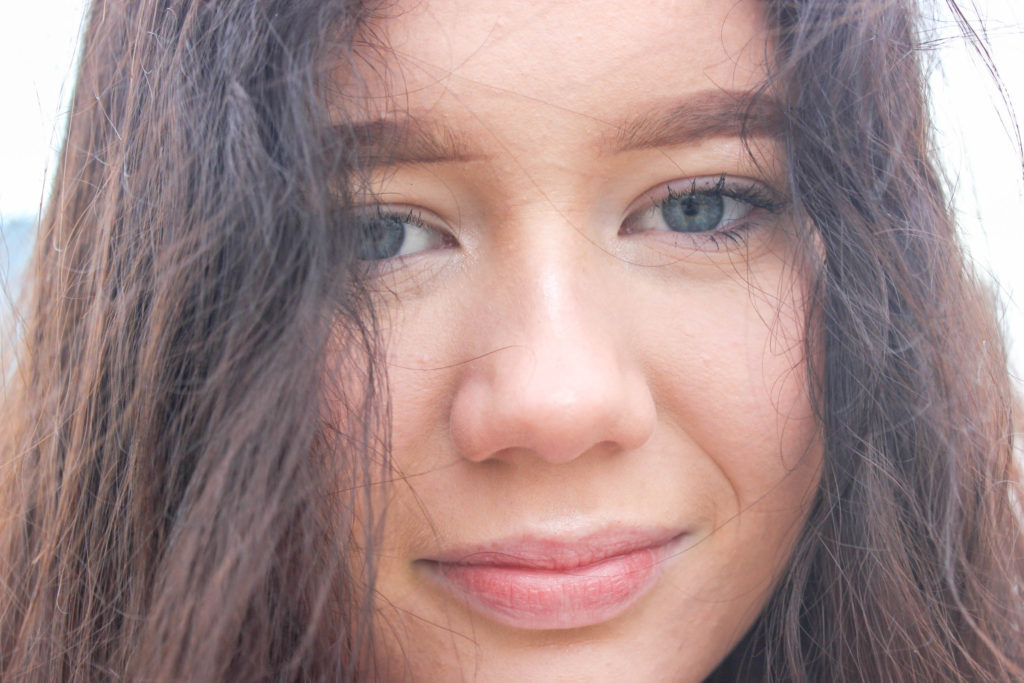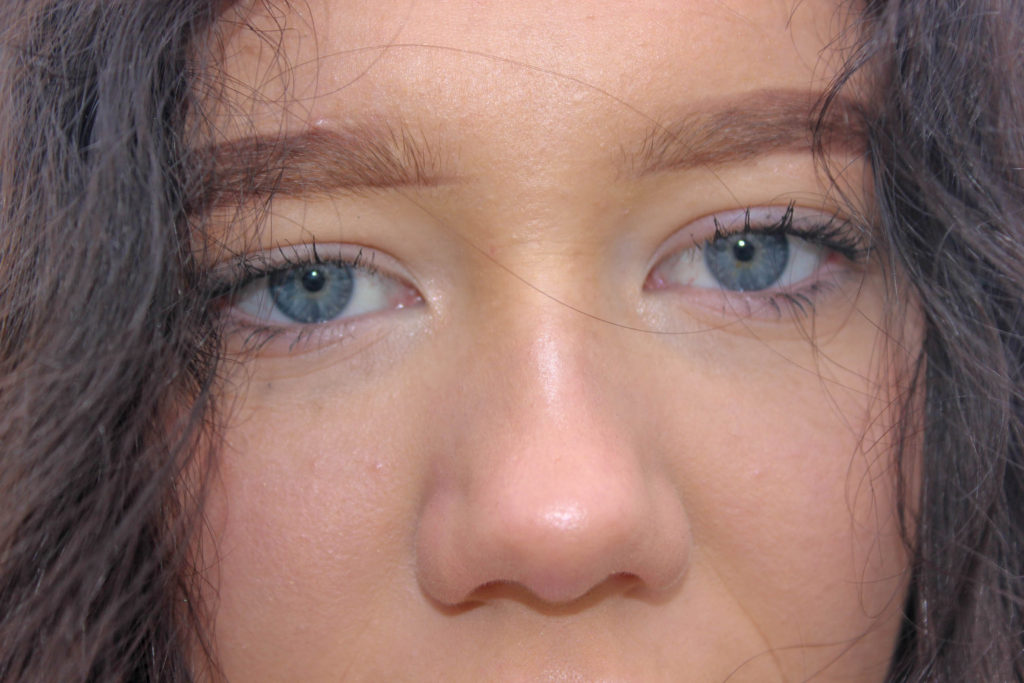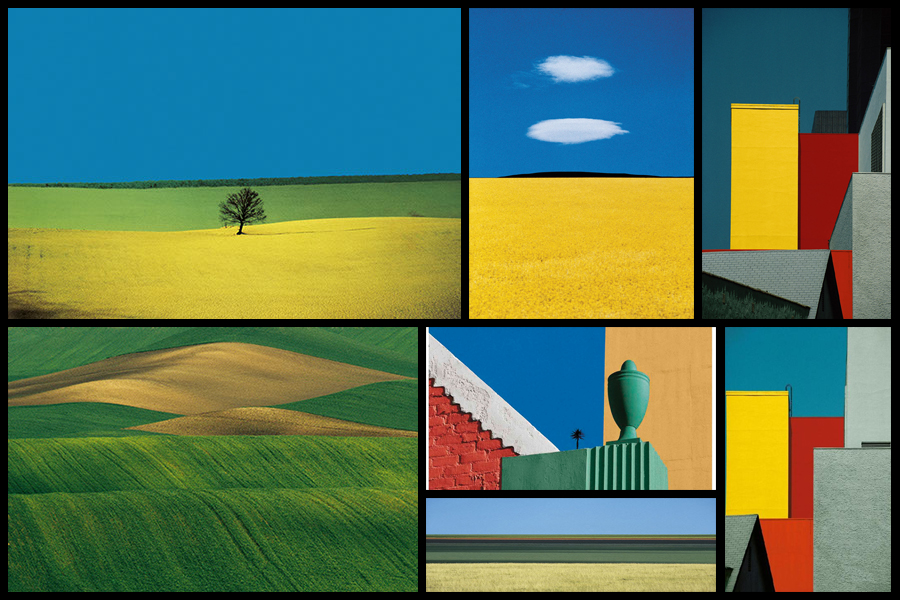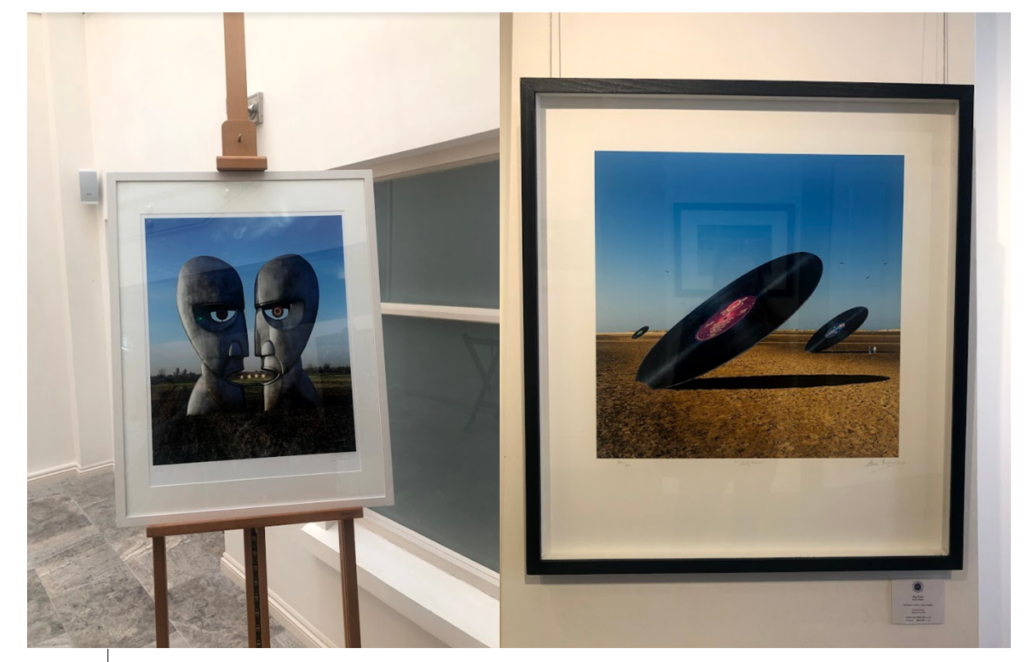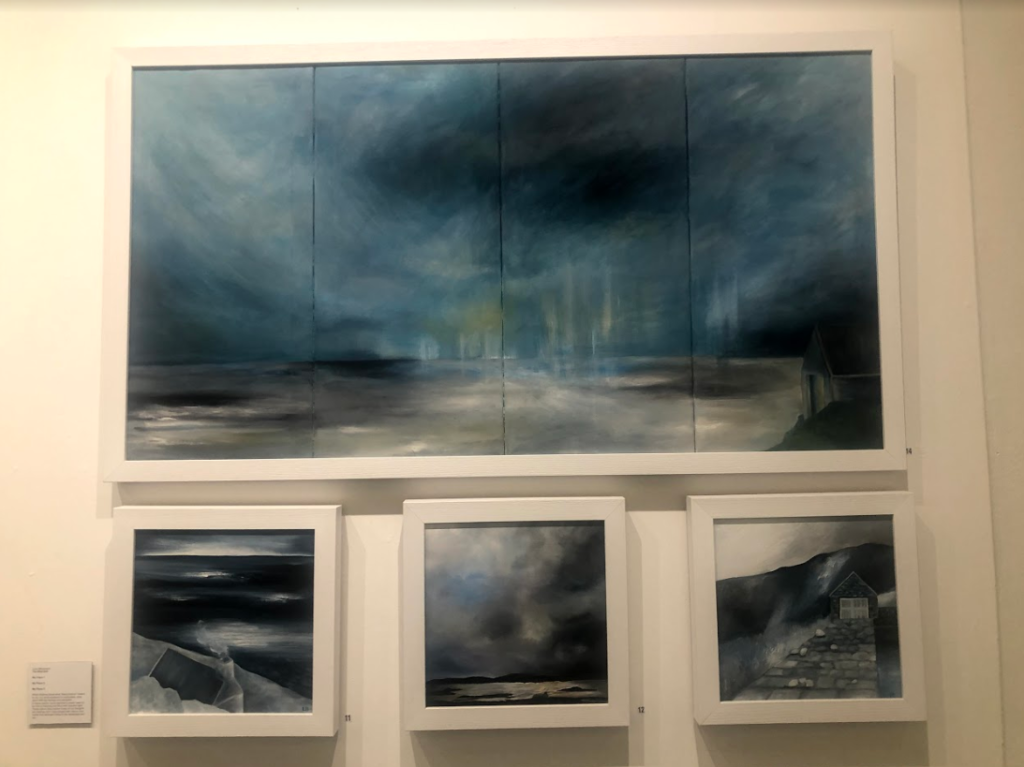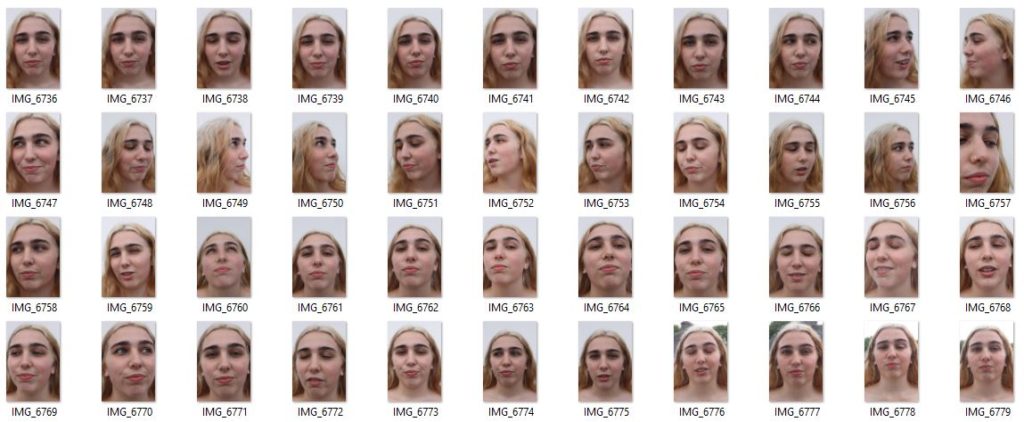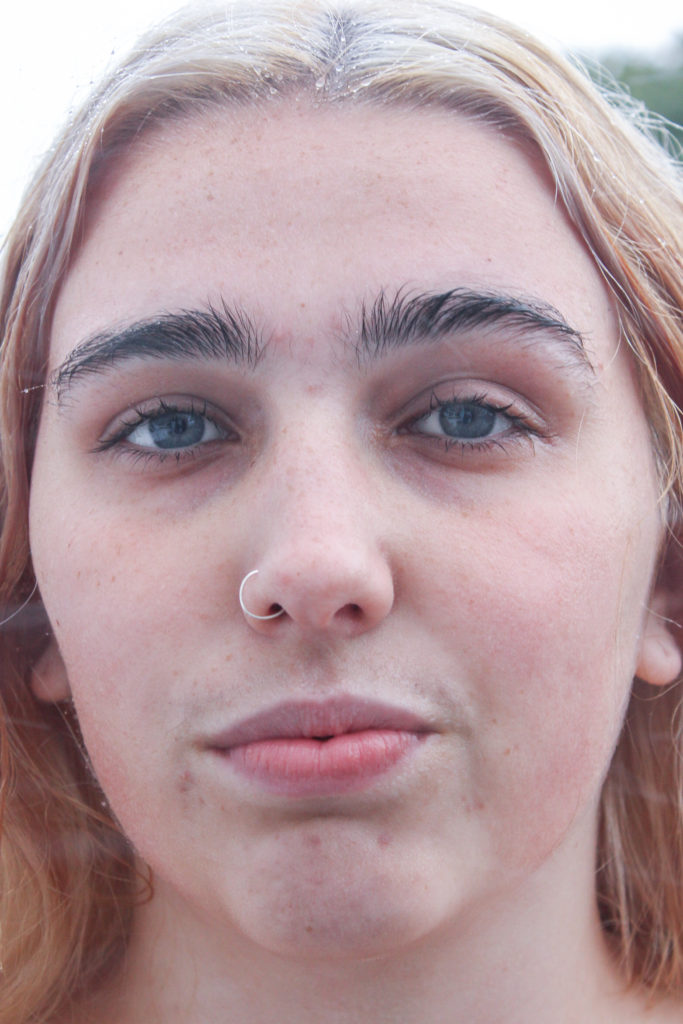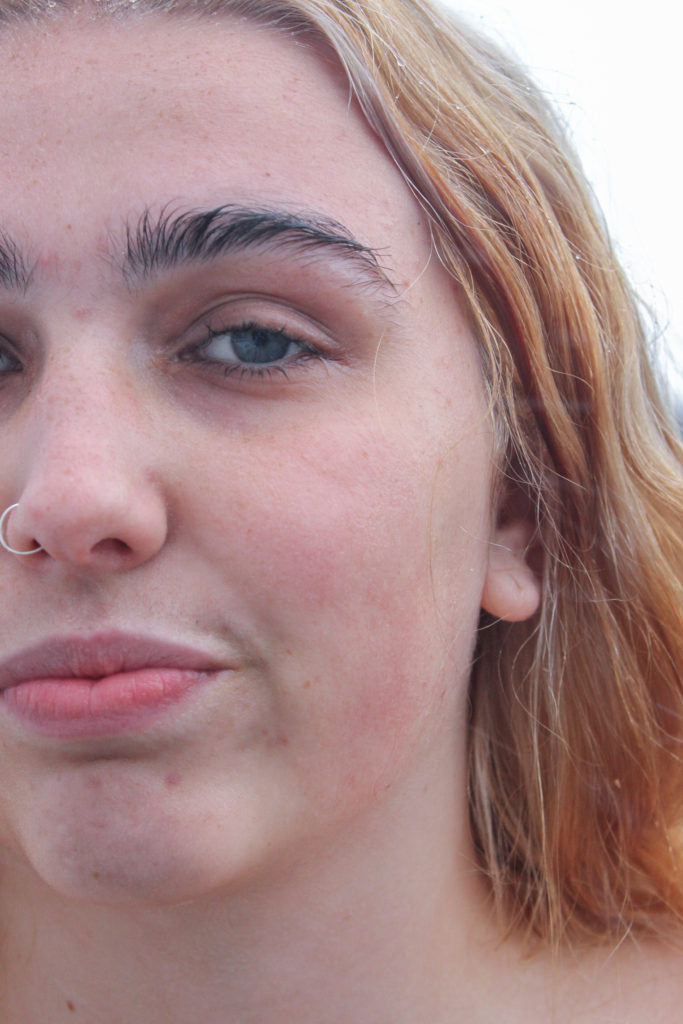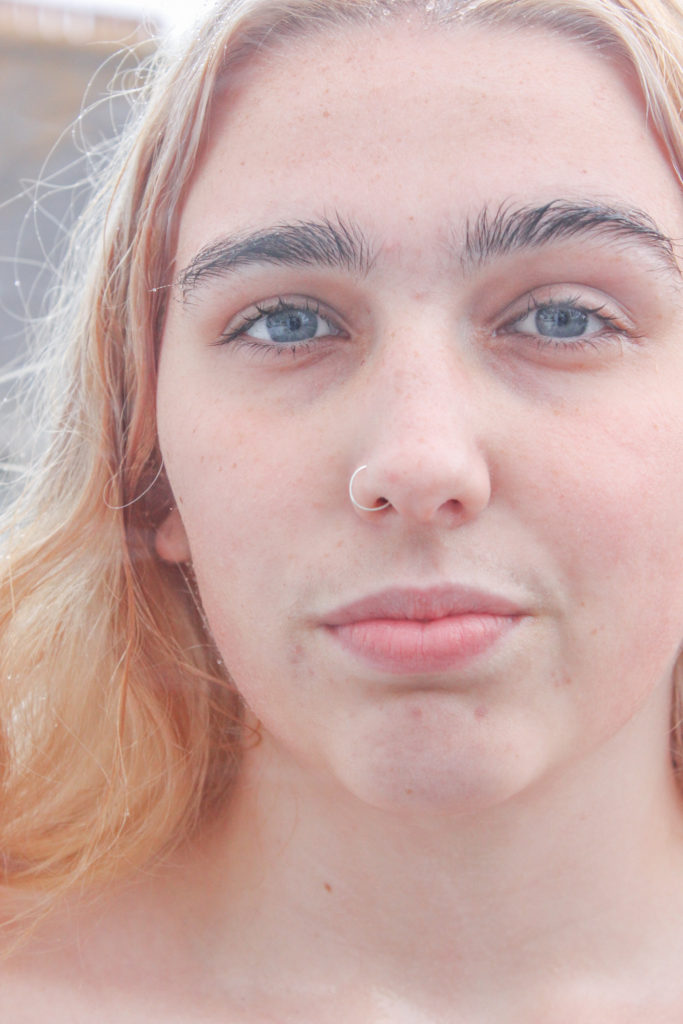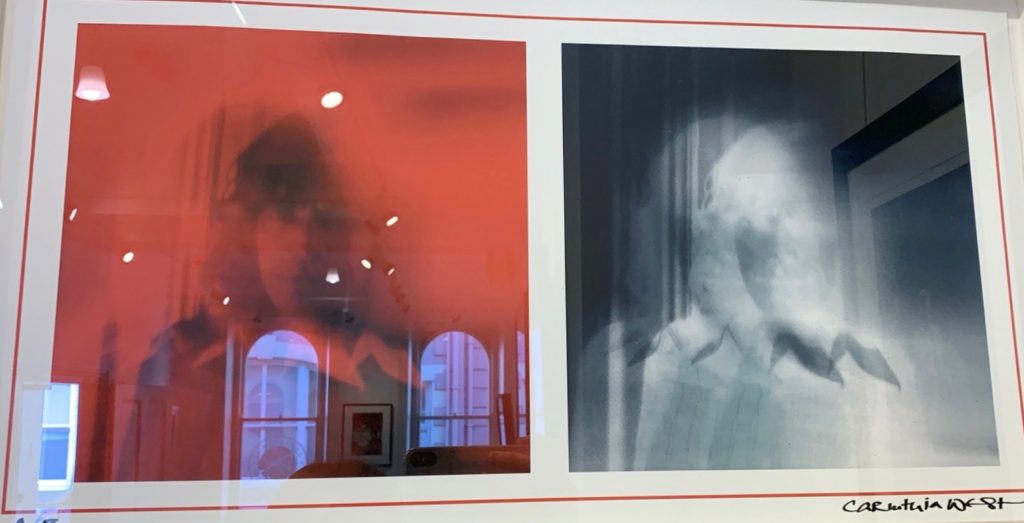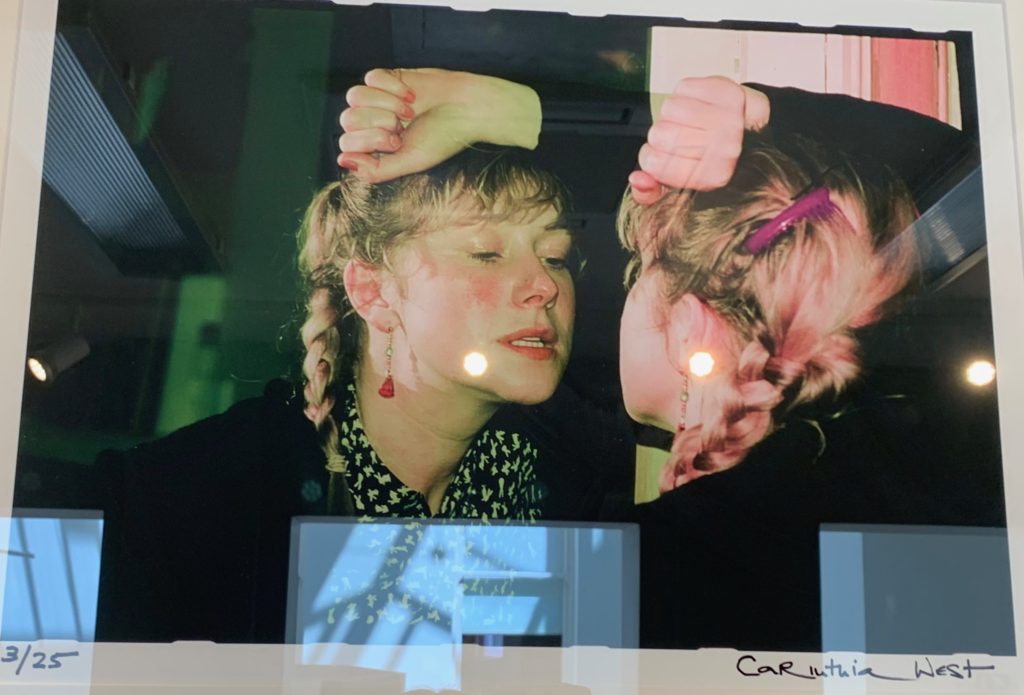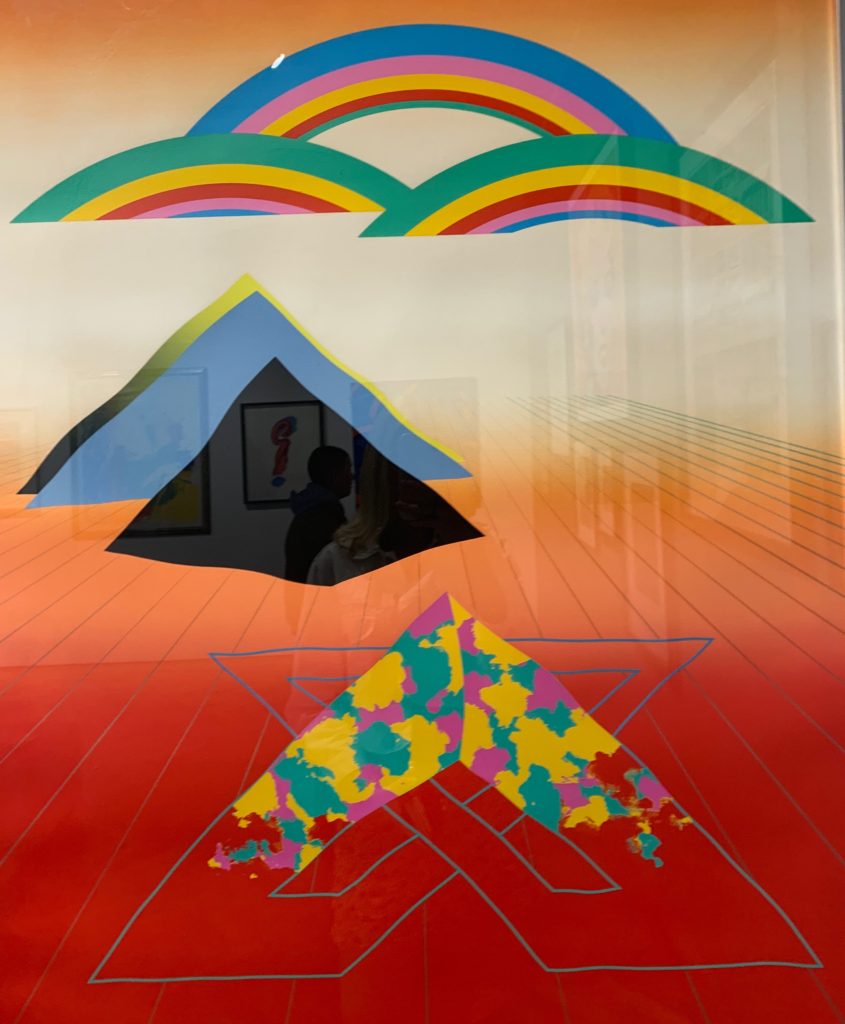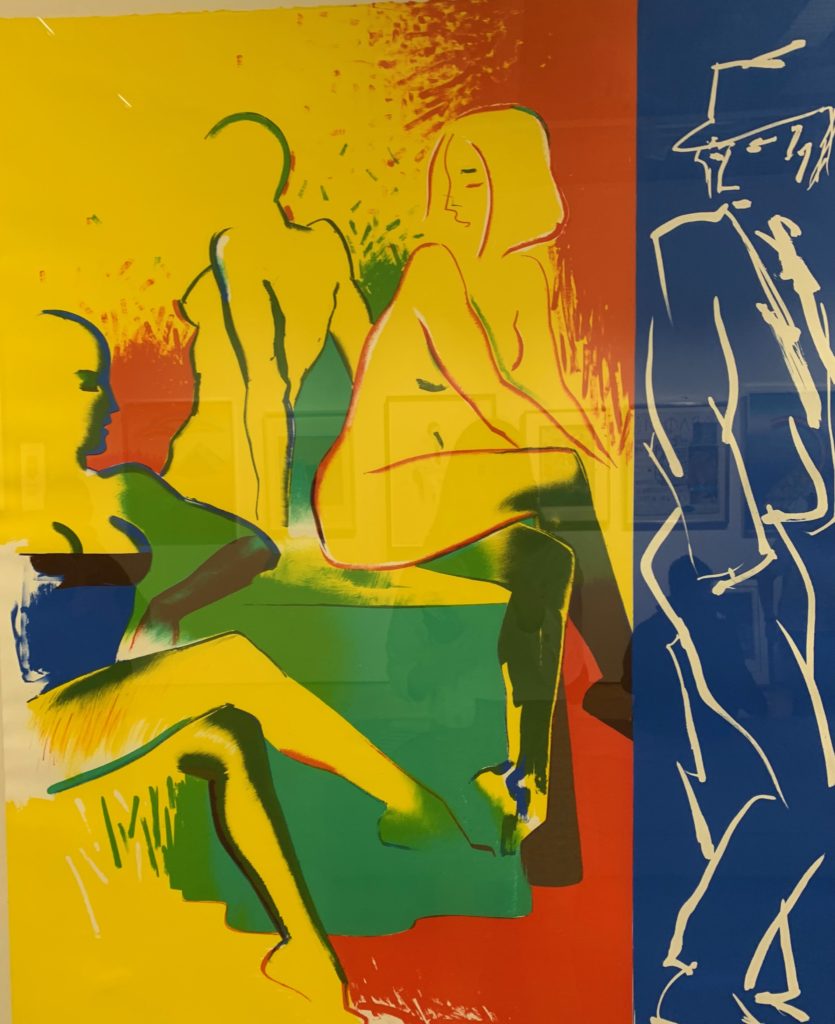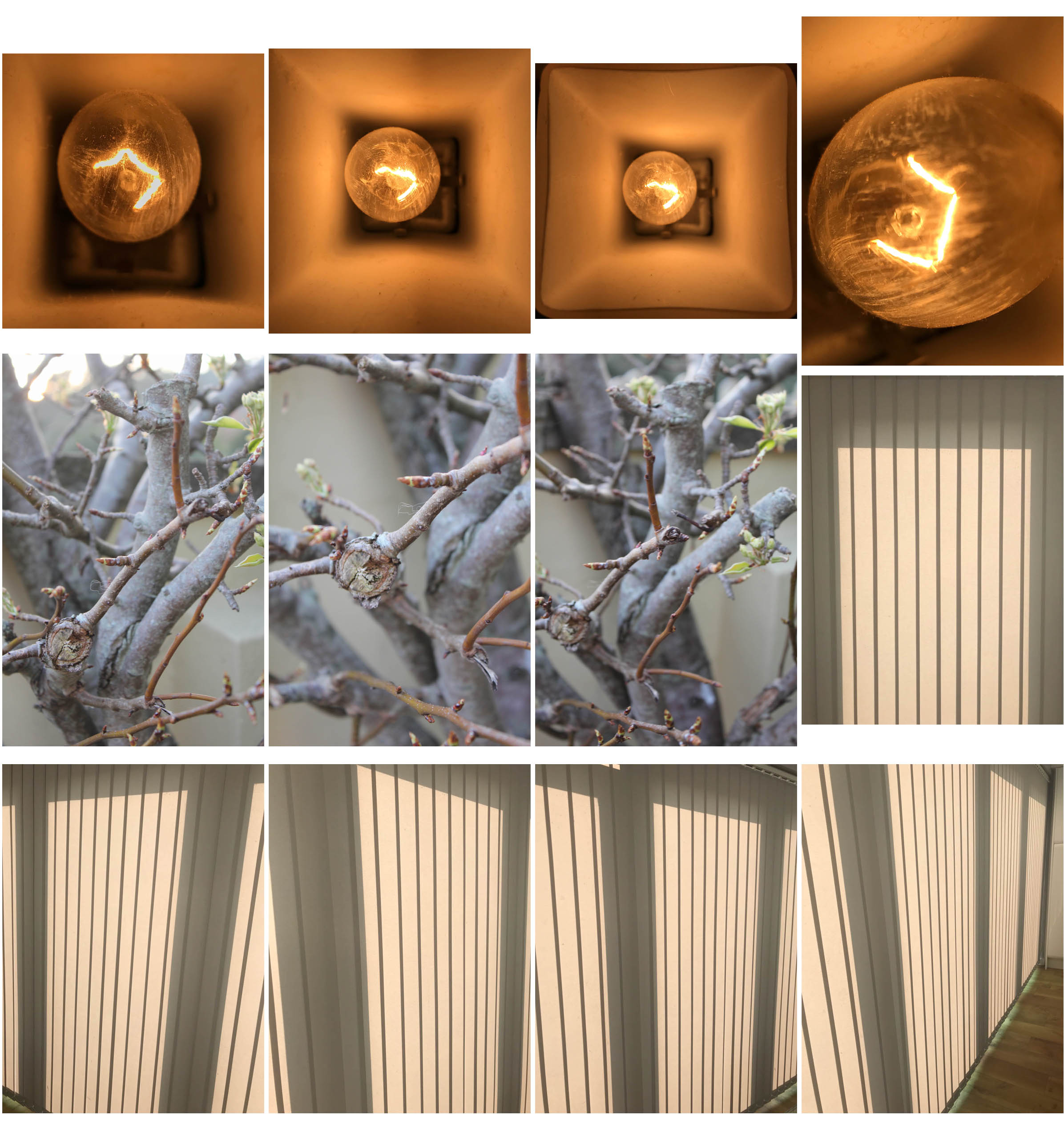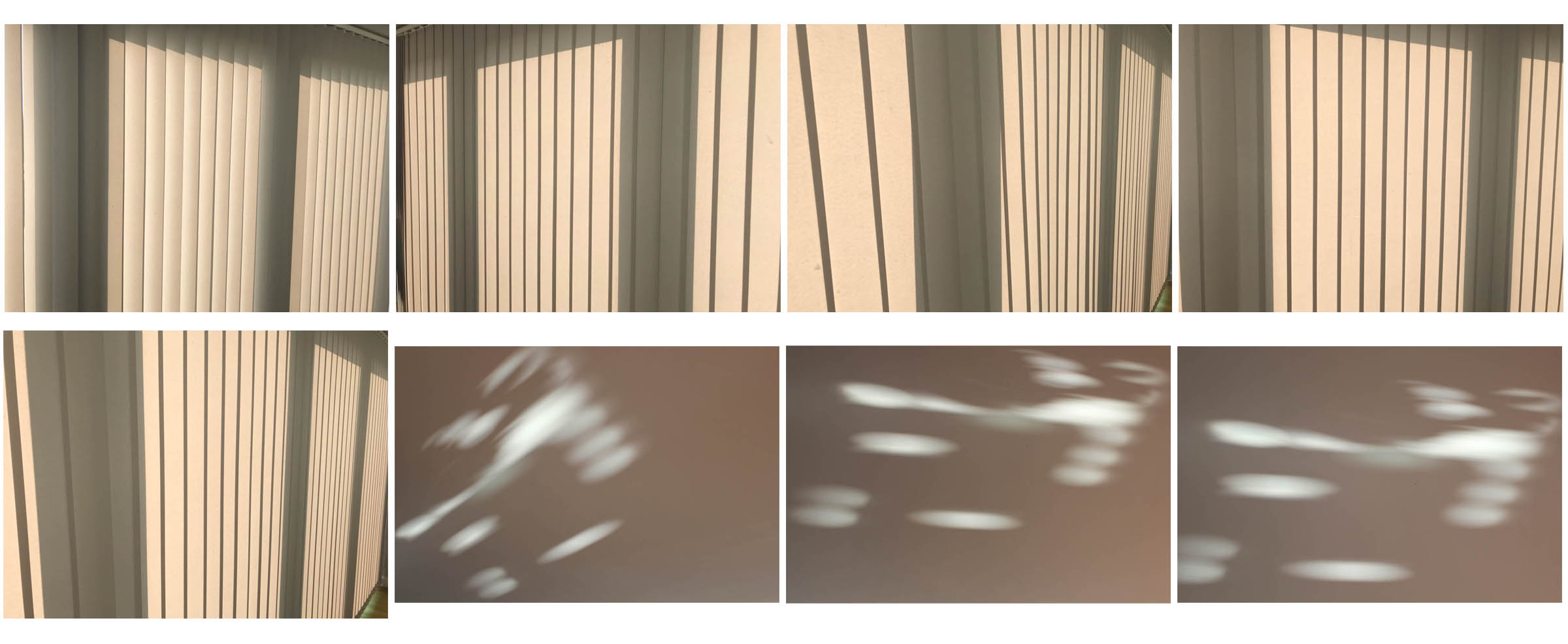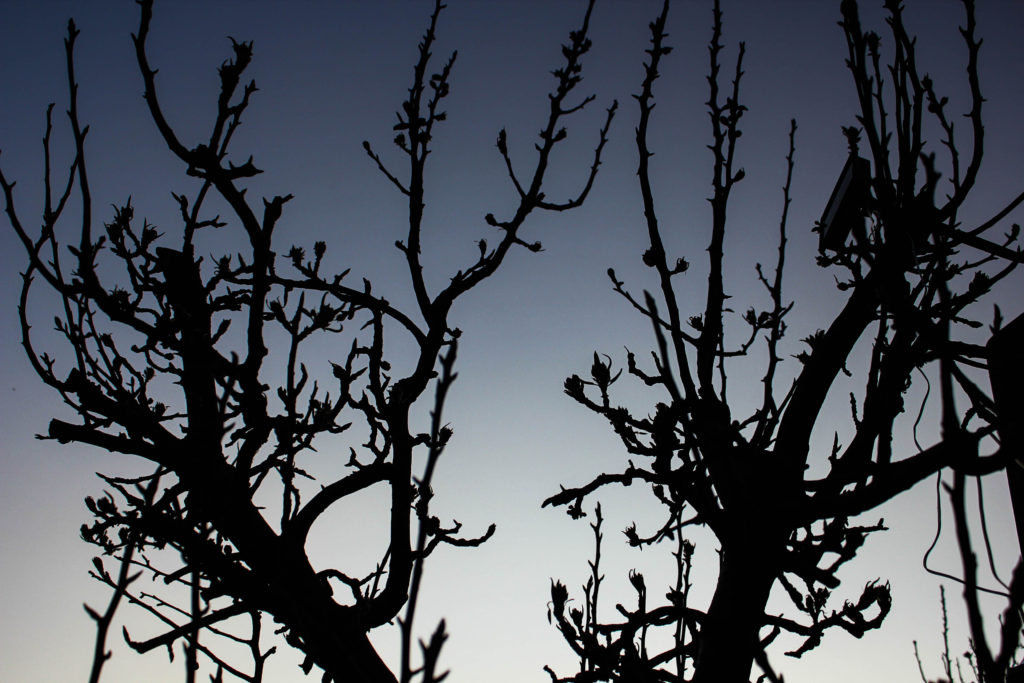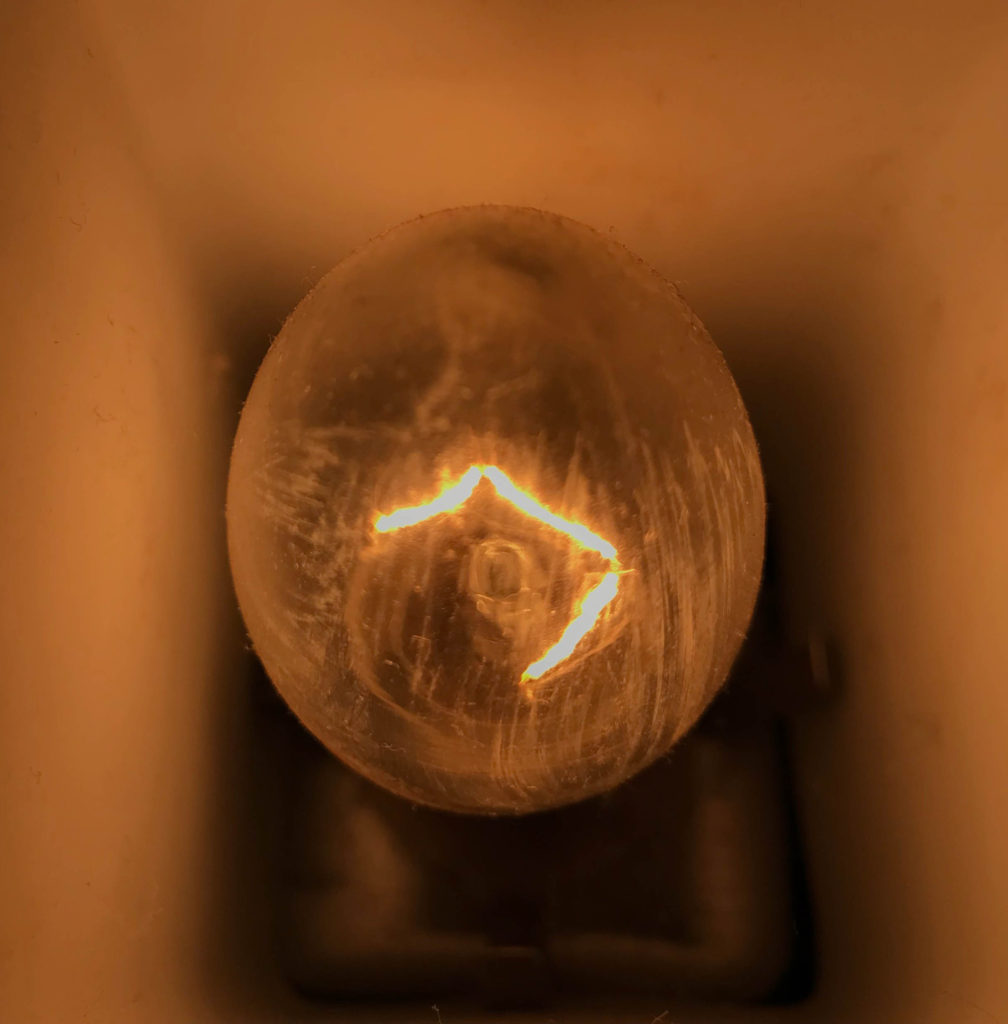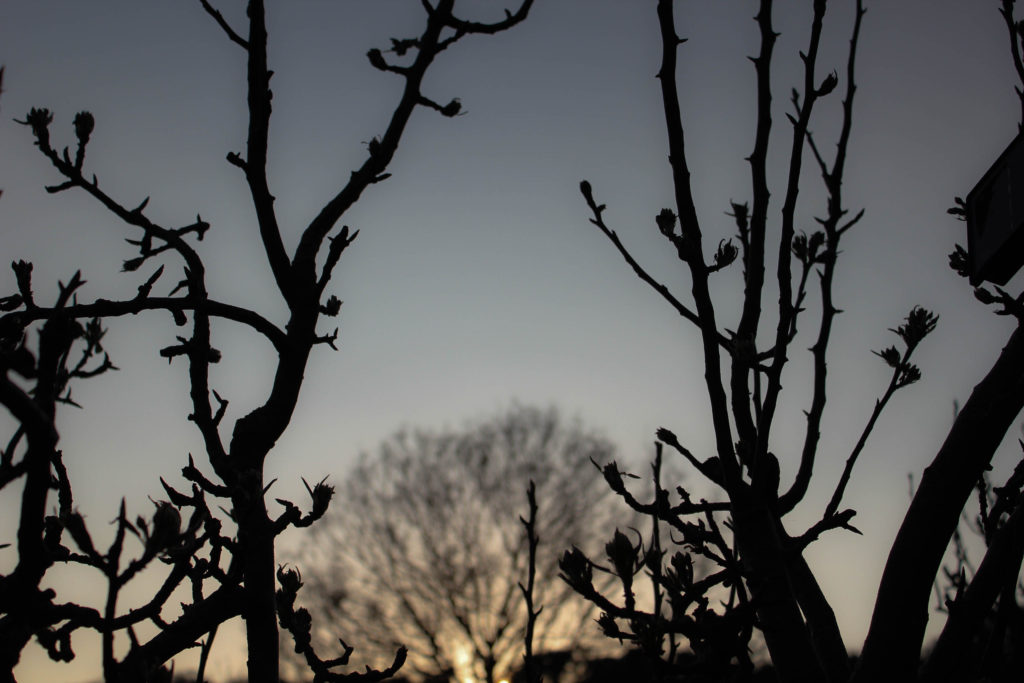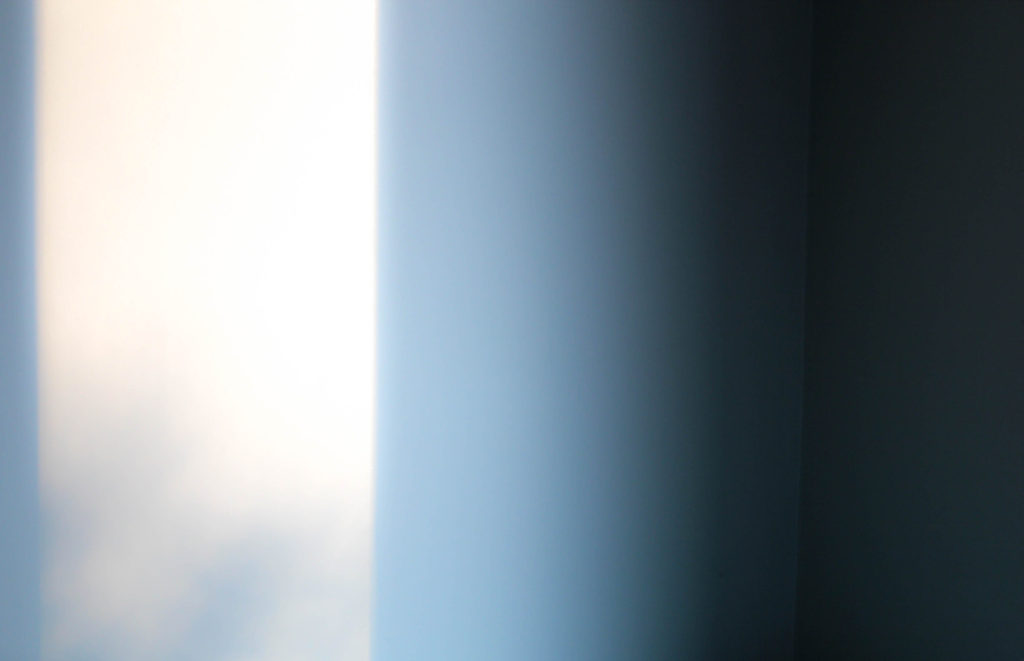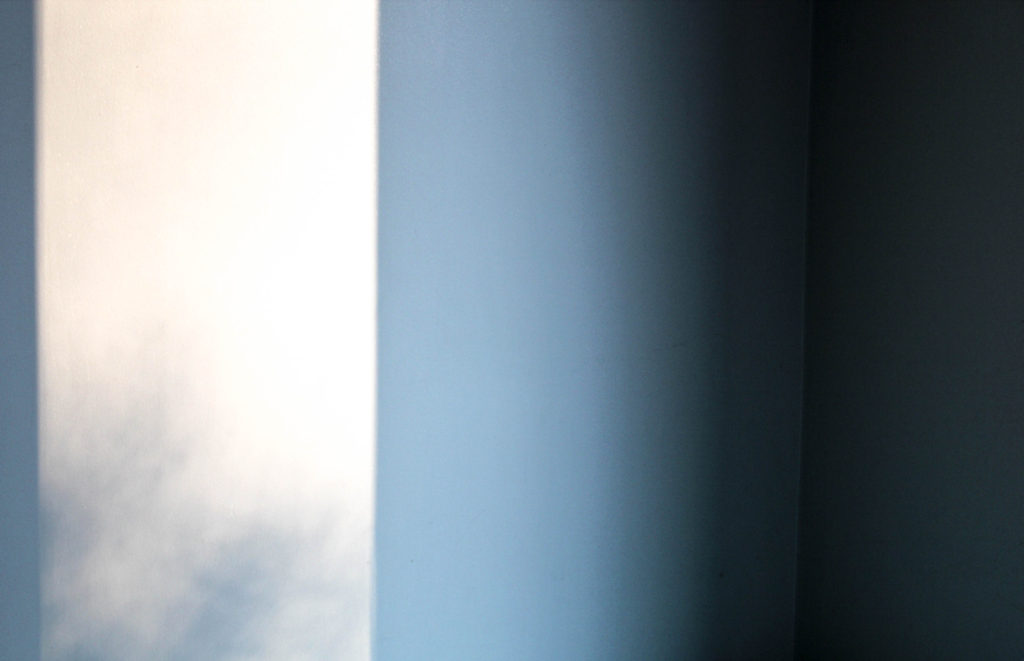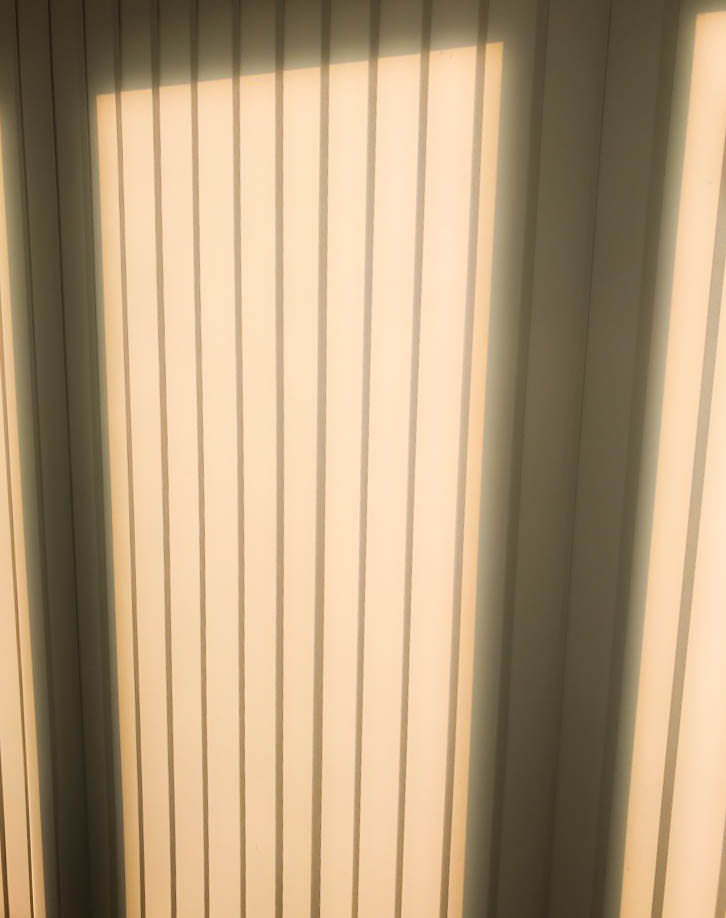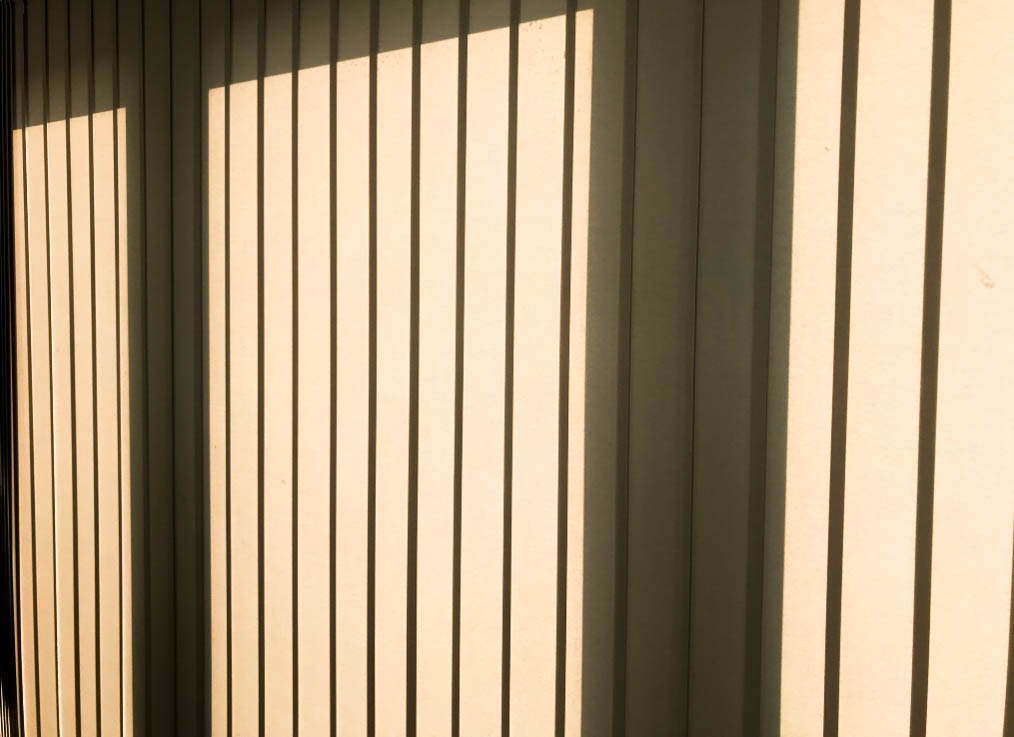
“Just when it seems that everything has been photographed, in every possible way, along comes a photographer whose work is so original that the medium is renewed. Such a photographer is Rinko Kawauchi, who makes simple, lyrical pictures, so fresh and unusual that they are difficult to describe or classify. Her images document everyday things, yet could not be described as documentary. They are generally light in tone, yet somehow dark in mood. They are almost hallucinatory, yet seem to capture something fundamental about the psychological mood of modern life.”
Garry Badger on Rinko Kawauchi’s book “Utatane” (Siesta)
Rinko Kawauchi was born in Japan in 1972. Kawauchi became interested in photography while studying graphic design and photography at Seian University of Art and Design where she graduated in 1993. She first worked in commercial photography and advertising for several years before embarking on a career as a fine art photographer. In Japan Rinko Kawauchi has become one of the most celebrated photographers of her generation. After appearing in several museum exhibitions and festivals in Europe (among others “Rencontres de la Photographie”, Arles; Fondation Cartier, Paris; Huis Marseille, Amsterdam: Photographers’ Gallery, London) the Metopolitan Museum of Photography in Tokyo is preparing a major exhibition about the artist for May 2012.

In 2001 three of her photo books were published: Hanako (a Japanese girl’s name), Utatane (a Japanese word that defines a state between wakefulness and sleep ), and Hanabi (“fireworks”). In the following years she won prizes for two of the books in Japan.In 2004 Kawauchi published Aila; in 2010, Murmuration, and in 2011 Illuminance; in 2009. In the ‘Utatane’ series. Rinko demonstrates a concentrated intentness on what she calls “the little voices that have been whispering to her since childhood”. These are the source upon which she draws, the intimate origin of a world described here according to a highly personal aesthetic: Utatane re-creates a fragmentary and fleeting world in which every detail relates to notions of birth, life, death and the passage of time.
Rinko Kawauchi’s work focuses on ordinary things and everyday situations. Her photographs attain their specific quality through her use of cropping and choice of perspective as well as the subtle use of natural light in combination with often virtually transparent colours. Rinko Kawauchi works in series, which, in the form of open narratives, combine poetry and emotion with representations of mortality and occasional melancholy.

Kawauchi’s art is rooted in Shinto, the ethnic religion of the people of Japan. According to Shinto, all things on earth have a spirit, hence no subject is too small or mundane for Kawauchi’s work; she also photographs “small events glimpsed in passing’, conveying a sense of the transient. Kawauchi sees her images as parts of series that allow the viewer to juxtapose images in the imagination, thereby making the photograph a work of art and allowing a whole to emerge at the end; she likes working in photo books because they allow the viewer to engage intimately with her images.Her photographs are mostly in 6×6 format.However, upon being invited to the Brighton Photo Biennial in 2010, Kawauchi first photographed digitally and began taking photos that were not square. Kawauchi also composes haiku poems.





